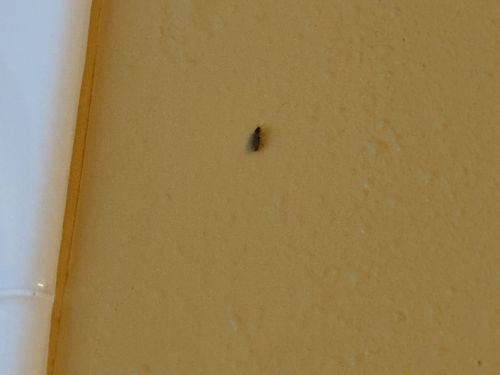Drain Fly (also known as Moth Fly, Filter Fly, Sewer Gnat)
Scientific Name: Psychodidae (family)
Order & Family: Diptera (Order), Psychodidae (Family)
Size: 2-5 mm (0.08-0.2 inches)

Natural Habitat
Moist, organic-rich environments such as drains, sewers, septic tanks, compost, and anywhere decaying organic matter and standing water are present. They are commonly found in bathrooms, kitchens, and basements.
Diet & Feeding
Larvae feed on decaying organic matter, bacteria, algae, and fungi found in their moist habitats. Adult flies do not feed significantly and primarily focus on reproduction.
Behavior Patterns
Adult drain flies are weak, erratic fliers and often just hop or rest on surfaces. They are most active at night. Their life cycle involves eggs laid in moist organic films, followed by larvae, pupae, and then adult flies. The entire cycle can be as short as 1 to 3 weeks.
Risks & Benefits
Potential risks include being a nuisance, as they can indicate plumbing issues or excessive moisture. While generally not known to transmit diseases to humans, they can be a mechanical vector for some bacteria if they repeatedly move between unsanitary areas and food preparation surfaces. They are not considered beneficial outside of their role in breaking down organic matter in their specific habitats.
Identified on: 9/21/2025